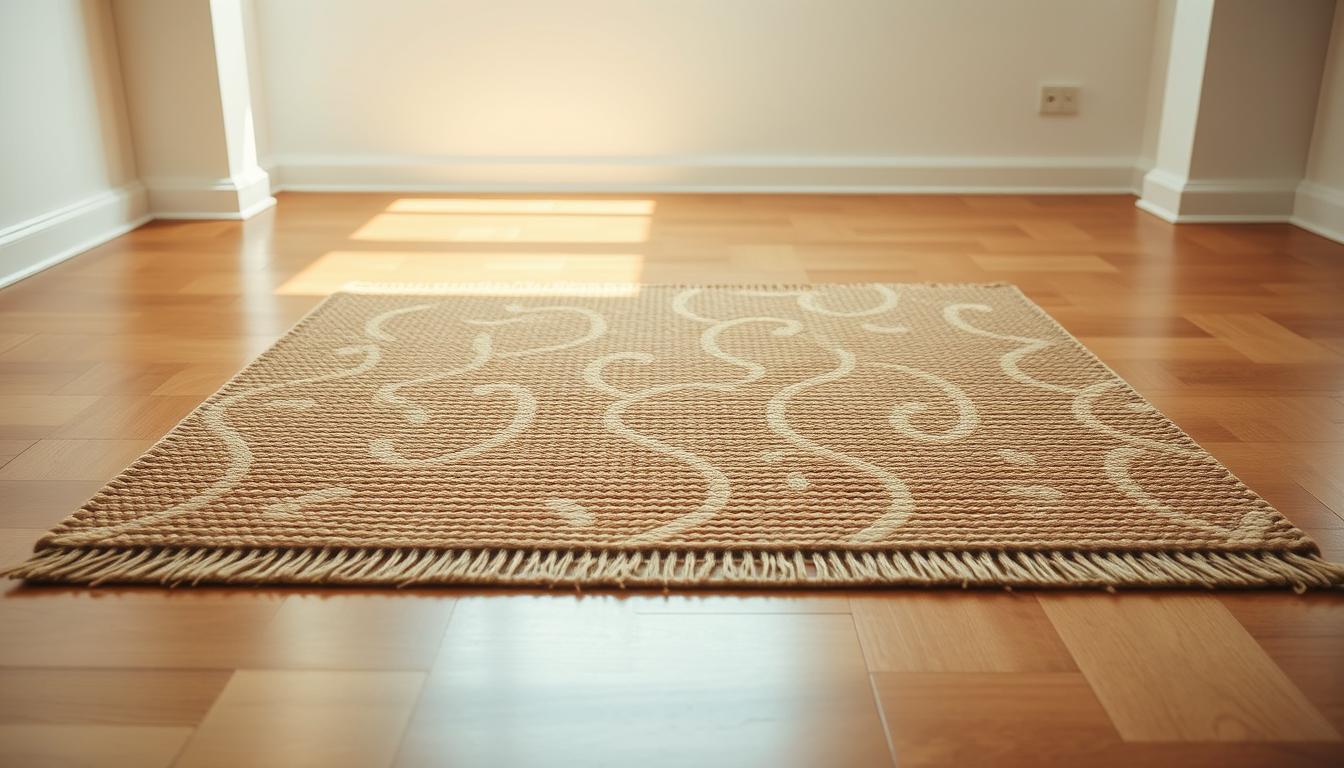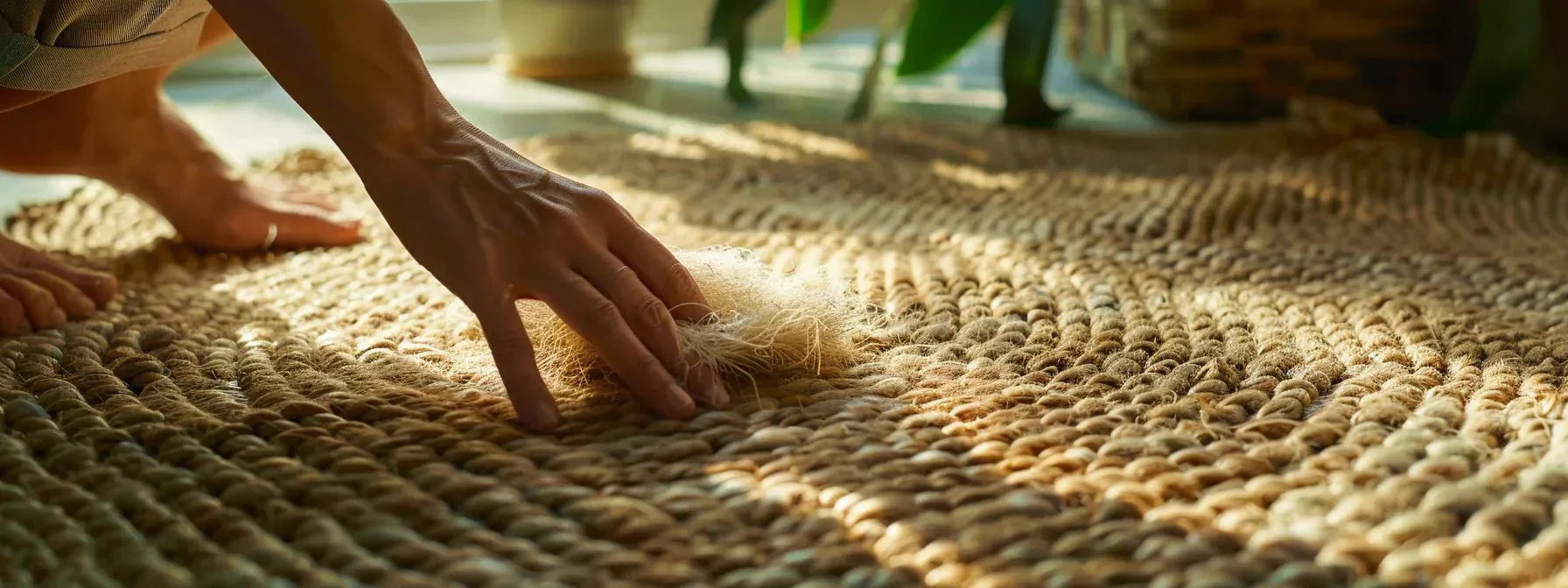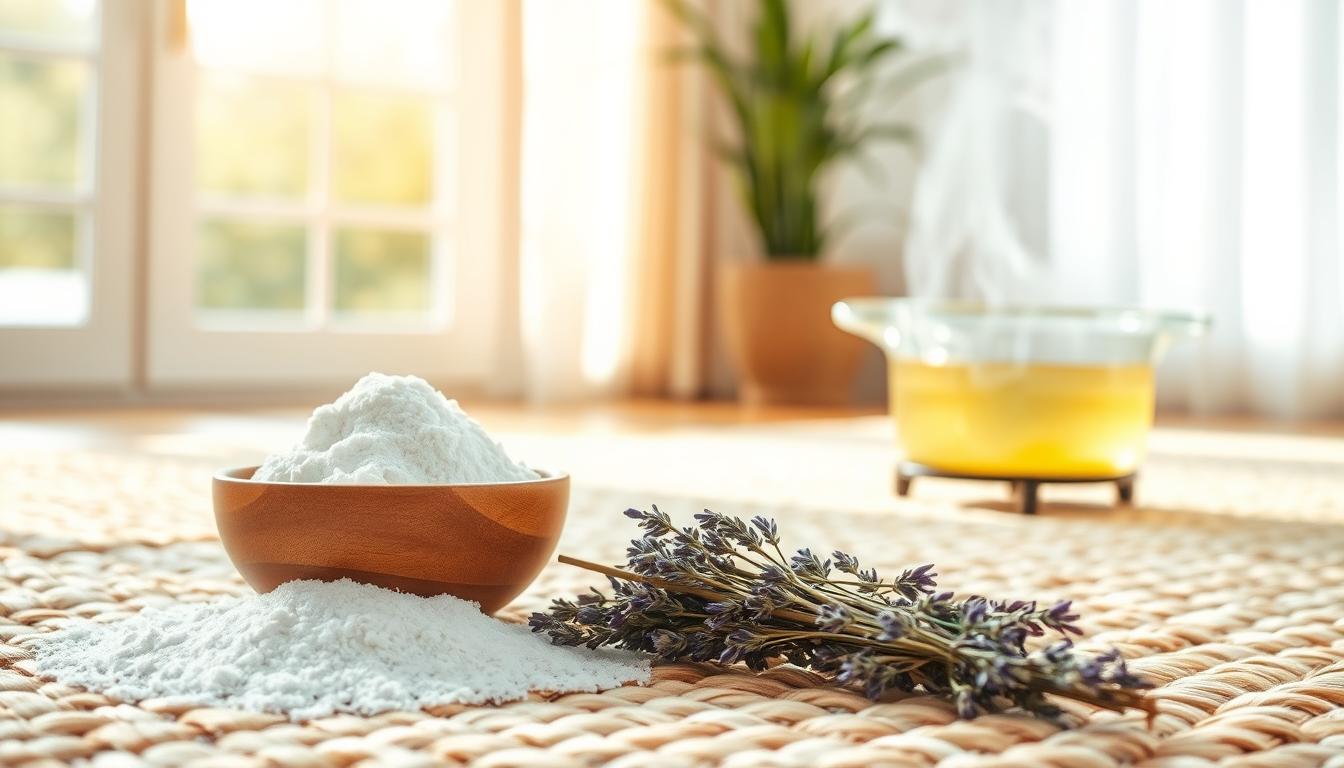
6 Essential Facts About Seagrass Carpets

Could your floors be hiding an eco-friendly secret from Vietnam’s coast? This sustainable flooring choice combines rugged durability with coastal charm, yet most homeowners don’t realize its surprising origins. Unlike synthetic alternatives, these woven treasures come from resilient grasses thriving in saltwater marshes—though not the underwater varieties you might imagine.
Vietnam’s Nga Son region crafts 90% of the world’s premium versions, transforming sun-dried stalks into textured masterpieces. Designers adore how these earth-toned pieces bring organic warmth to modern spaces while standing up to pet claws and foot traffic. But what makes this material truly special lies beneath its surface—literally.
Contrary to popular belief, the fibers aren’t harvested from ocean floors. Farmers cultivate them like rice in tidal flats, creating a renewable resource that absorbs carbon as it grows. This unique cultivation method results in rugs that naturally resist stains and static, though they demand specific care to maintain their crisp texture.
Key Takeaways
- Originates from Vietnam’s Nga Son region, the global hub for premium quality
- Made from land-grown sedge plants, not underwater grasses
- Renewable material with natural stain resistance
- Ideal for high-traffic areas due to exceptional durability
- Eco-friendly choice that supports sustainable farming practices
What is Seagrass Carpet? Unveiling the Natural Fiber
Vietnam's coastal wetlands hold generations of weaving wisdom in their muddy soil. While often mistaken for oceanic flora, the natural fibers used in these floor coverings spring from tidal flats where land meets sea. Artisans in Nga Son village have turned this humble material into global home decor through techniques refined since the 1860s.
Roots in Saltwater Soil
Farmers cultivate five distinct sedge varieties in flooded fields, each contributing unique textures. Unlike synthetic alternatives, these salt-tolerant plants thrive without pesticides, their roots stabilizing coastal ecosystems. Annual harvests yield renewable stalks that naturally resist mold - perfect for high-traffic areas.
Centuries-Old Transformation
After sun-drying, craftsmen bundle stalks into workable strands using methods unchanged for decades. The weaving process reveals hidden patterns:
| Plant Variety | Key Feature | Common Use |
|---|---|---|
| White Flower | Soft texture | Bedroom rugs |
| Brown Flower | High density | Entryway mats |
| Three-Sided | Ribbed surface | Decorative walls |
| Black-Spotted | Natural variegation | Statement pieces |
| Coi Ke | Extra durability | Commercial spaces |
This meticulous process creates floor coverings that age gracefully, developing richer tones over time. Each piece carries the fingerprints of artisans who've mastered their craft through family traditions.
Eco-Friendly Benefits and Durability of Seagrass Rugs
Imagine flooring that cleans itself while helping the planet. These woven wonders from tidal flat farms offer more than rustic charm—they’re workhorses disguised as decor. Their secret lies in unique biological features developed through centuries of coastal cultivation.

Stain Resistance and Water-Repellent Properties
Spills bead up like raindrops on a lotus leaf thanks to the plant’s natural wax coating. Unlike synthetic materials that absorb liquids, these tightly woven natural fibers create a protective shield. Coffee splashes or juice spills? Simply blot within minutes—no frantic scrubbing required.
The fibers’ nonporous structure prevents stains from seeping deep. Pet accidents won’t leave lasting marks, while muddy footprints wipe away easily. This water-repellent quality also discourages mold growth, keeping your floors fresh through humid summers.
Low Maintenance and Environmental Impact
Weekly care involves just three steps: shake, sweep, repeat. Loose fibers trap dust and allergens yet release them effortlessly when disturbed.
"My allergy symptoms improved after switching—it’s like having an air filter underfoot,"
reports a satisfied Boston homeowner.
When it’s finally time to replace your rug, it won’t clog landfills. These 100% biodegradable materials decompose naturally, completing an eco-cycle that began in Vietnamese paddies. Better still, every purchase supports farming communities practicing sustainable agriculture for generations.
Aesthetic Appeal and Versatile Weave Patterns
Discover how natural weaves can redefine your home’s character, one intricate pattern at a time. These floor coverings offer more than functionality—they’re tactile art pieces that evolve with your space.
Unique Weave Designs and Texture
Run your fingers across diamond, basket, or herringbone patterns—each weave creates its own rhythm underfoot. Tight-knit designs feel sleek and modern, while open textures add rustic charm. The fibers’ natural sheen catches light differently throughout the day, making your natural fiber rugs appear alive.
Leather-bound edges elevate formal dining rooms, while linen finishes suit breezy sunrooms. This variety lets you match any decor style without sacrificing organic authenticity.
Natural Color Palette and Aging Process
Fresh from artisans’ looms, these pieces glow with soft sage tones reminiscent of coastal meadows. Over years, sunlight and use transform them into warm khaki companions—like favorite jeans softening with wear.
The texture becomes richer as fibers settle, creating visual depth that synthetic materials can’t replicate. This graceful aging means your rug grows more interesting, blending seamlessly with both modern and traditional furnishings.
Seagrass Carpets in Home Interiors: Practical Use Cases
Ever wondered where natural textures meet practical durability in your home? These woven floor coverings shine brightest when matched to their ideal environments. Let’s explore where they perform best—and where alternative materials might serve you better.

Ideal Spaces and Traffic Considerations
Entryways and hallways become style statements with these rugs. Their tightly woven fibers laugh off muddy footprints while adding earthy charm. In dining rooms, that accidental wine spill? Blot it quickly—the natural wax coating prevents permanent stains.
Your living room gains instant warmth with neutral-toned seagrass rugs anchoring furniture arrangements. Designers often pair them with leather sofas for contrast, creating spaces that feel both polished and relaxed.
Game rooms and home offices benefit too. The textured surface muffles noise during spirited family nights, while organic patterns help maintain focus during work hours. For covered patios, these rugs blend with wicker furniture like they grew there naturally.
Avoid stretching them across vast expanses—their beauty lies in defined spaces. Staircases also pose challenges, as the material’s natural slickness could become a safety concern. Instead, use smaller mats strategically where footfall peaks.
“They’re the work boots of natural fibers—stylish enough for dinner parties, tough enough for daily grind,” notes interior designer Mara Santos. Consider pairing with jute accents in layered arrangements for added depth in living areas.
Care, Cleaning, and Longevity Tips
Your natural fiber rug becomes a trusted companion with simple care habits. Unlike high-maintenance floor coverings, these pieces thrive under basic routines that protect their natural resilience.
Smart Cleaning Strategies
Act fast when spills occur—blotting beats scrubbing. Keep these tools handy:
| Solution | Use Case | Effectiveness |
|---|---|---|
| Club soda | Fresh stains | Lifts 85% of spills |
| Neutral soap | Stubborn marks | Gentle cleansing |
| Hair dryer | Water exposure | Prevents fiber warping |
Rotate your floor covering every six months to distribute wear. Vacuum weekly using the bare floor setting—no beater bars needed. For deep cleaning guidance, consult our detailed cleaning guide.
Moisture management proves crucial. While these rugs repel light spills, prolonged dampness risks fiber integrity. Blot excess liquid immediately and air-dry in shaded areas.
Choose smooth surfaces for placement—rough textures accelerate wear. Compared to sisal alternatives, these natural weaves require 40% less upkeep while offering superior stain resistance. With consistent care, expect your piece to age gracefully for a decade or more.
Conclusion
Natural textures meet everyday resilience in floor coverings that age with character. These handwoven pieces from Vietnam’s tidal farms bring earthy sophistication to busy households, blending sustainability with practical charm.
While wool rugs pamper feet with plush softness, grass-based weaves excel where durability matters—entryways, dining areas, and sunlit living spaces. Their tight-knit fibers naturally repel spills and allergens, simplifying maintenance without harsh chemicals.
Choosing these rugs supports centuries-old cultivation methods that enrich coastal ecosystems. Unlike synthetic alternatives, they develop richer patinas over time, telling your home’s story through subtle color shifts and textured warmth.
With proper care, your natural fiber investment becomes a lasting testament to eco-conscious living, proving style and responsibility can coexist underfoot.
FAQ
How durable are natural fiber rugs like seagrass in high-traffic areas?
Seagrass fibers naturally resist wear, making them ideal for busy spaces like hallways or living rooms. Their tight weave handles foot traffic well, though rotating the rug occasionally ensures even aging.
Can spills or moisture damage these rugs over time?
Unlike wool or sisal, seagrass rugs have water-repellent properties. Blot spills quickly to prevent lingering dampness, and avoid placing them in bathrooms or basements where humidity is constant.
Do seagrass rugs work with modern interior styles?
Absolutely! The neutral color palette—think warm tans and soft greens—complements minimalist, coastal, or bohemian decors. Their organic texture adds depth without overwhelming a room’s aesthetic.
How do I clean a textured seagrass area rug without harming it?
Skip harsh chemicals. Sweep or vacuum weekly to trap dust and dirt. For deeper cleaning, lightly dab stains with a damp cloth and let the rug air-dry completely away from direct sunlight.
Are these rugs safe for homes with pets or allergies?
Yes! Seagrass fibers are naturally hypoallergenic and resist dust mites. Plus, their stain-resistant surface makes pet accidents easier to manage compared to synthetic options.
Will the rug’s look change as it ages?
Over years, sunlight and use may soften the color, giving it a vintage charm. This natural patina is part of its appeal, showcasing the material’s authenticity and eco-friendly story.









